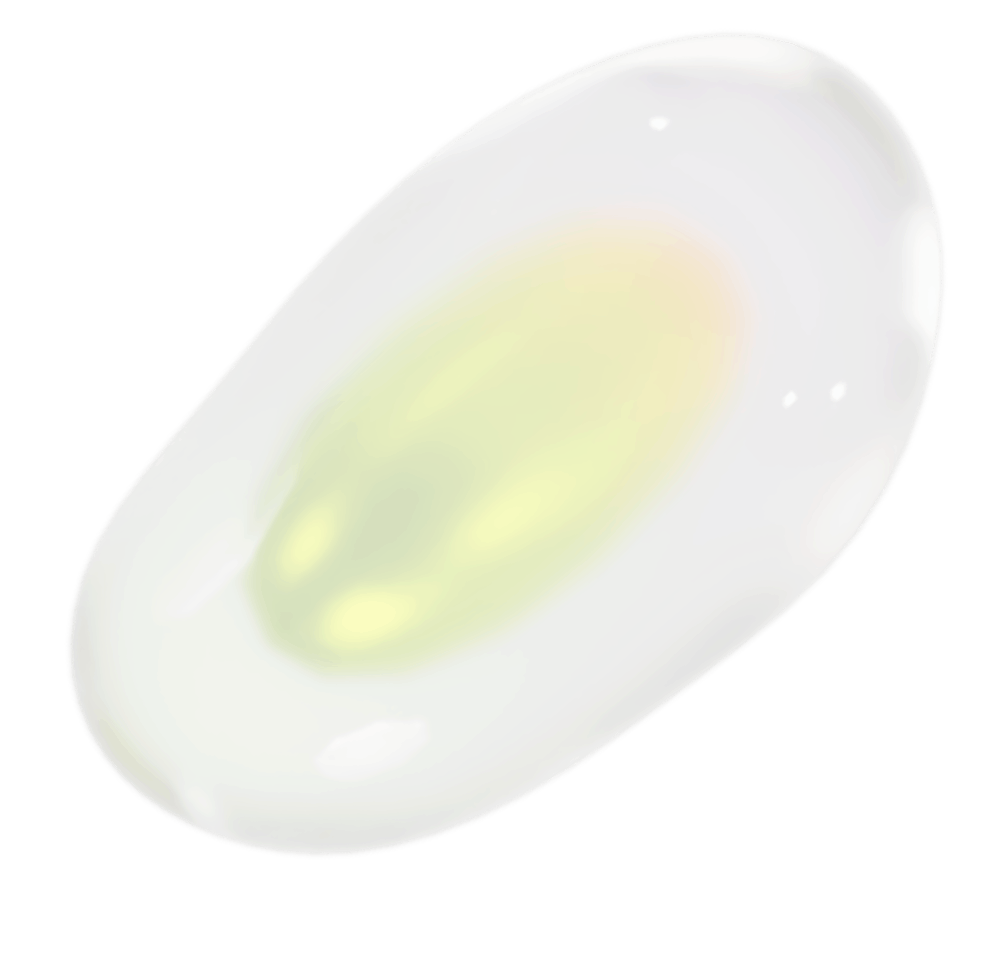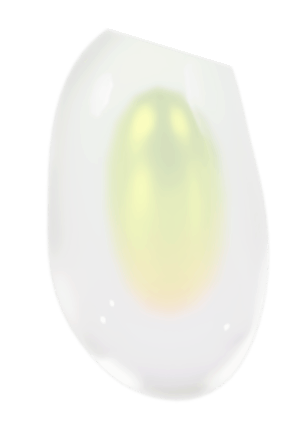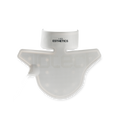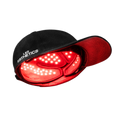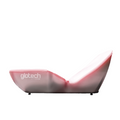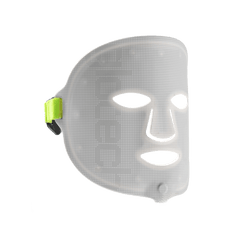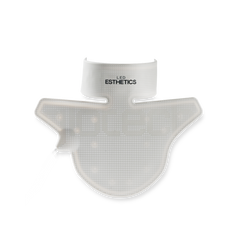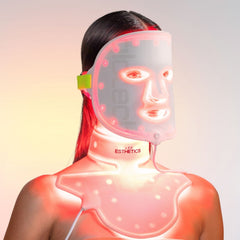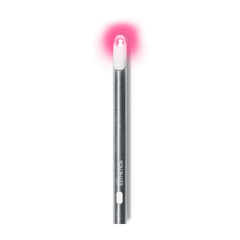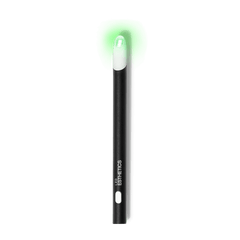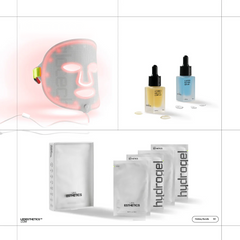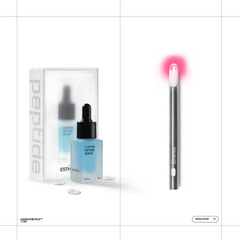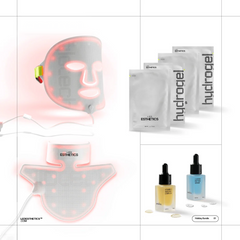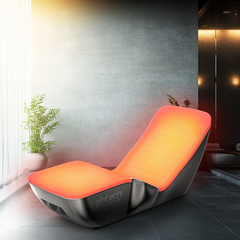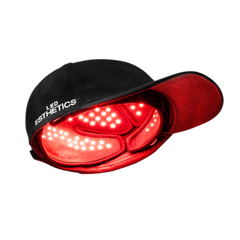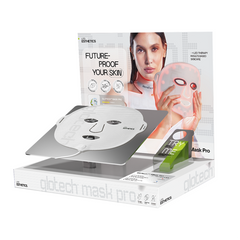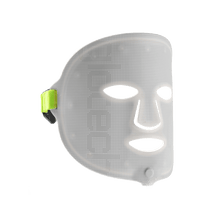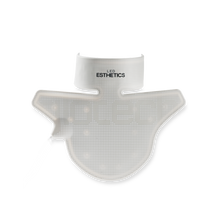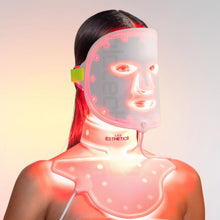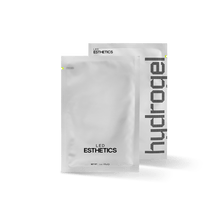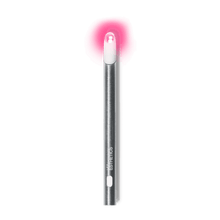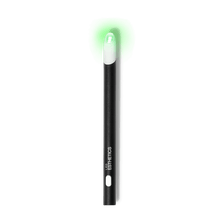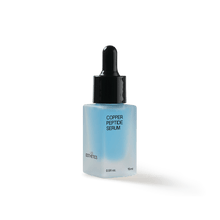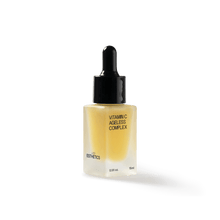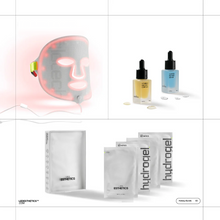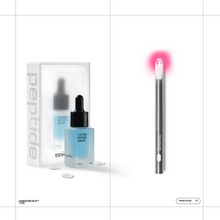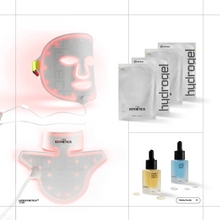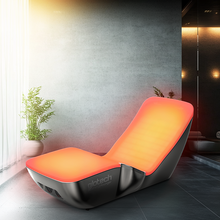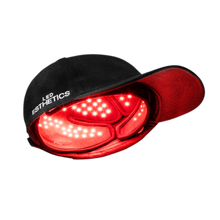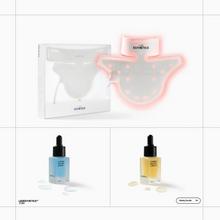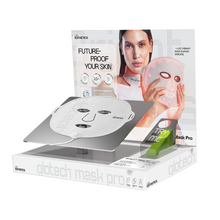LED light therapy has earned a strong reputation in both clinical and at-home skincare for its ability to address a wide range of skin concerns without the need for invasive procedures. Using specific wavelengths of light, particularly in the red (630–660nm) and near-infrared (810–850nm) range, this treatment works at a cellular level to rejuvenate the skin from within. Unlike topical treatments that only affect the outermost layer of skin, LED therapy stimulates deeper activity in the dermis, supporting structural proteins, circulation, and skin regeneration.
Here are eight clinically supported and user-validated ways LED light therapy can transform your skin.
1. Stimulates Collagen Production
Collagen is the skin’s primary support protein, responsible for keeping it firm, smooth, and youthful. As we age, natural collagen production slows, contributing to sagging skin and the development of fine lines. Red light therapy stimulates fibroblasts, the cells that produce collagen and elastin, encouraging the body to increase its natural output of these critical proteins.
By increasing collagen density, the skin gradually becomes more plump and elastic. This not only helps prevent future wrinkles but also improves the overall texture of the skin. Users often report feeling firmer skin after just a few weeks of regular treatment. Over time, this leads to visible lifting and more defined contours, particularly around the cheeks and jawline.
2. Reduces Fine Lines and Wrinkles
One of the most sought-after effects of red light therapy is its ability to soften the appearance of fine lines and wrinkles. Through collagen stimulation and improved microcirculation, LED light promotes gradual yet significant skin rejuvenation. Areas commonly treated include crow's feet, forehead creases, and smile lines around the mouth.
With consistent use, these lines can become less pronounced, giving the face a smoother, more youthful look. Unlike more aggressive treatments like lasers or chemical peels, red light therapy achieves this without causing inflammation or damaging the outer layer of the skin. It's a gentle approach that encourages the skin to regenerate itself.
3. Improves Skin Texture and Tone
Rough patches, enlarged pores, and uneven skin tone are often signs of slowed cell turnover or underlying inflammation. LED light therapy accelerates cellular repair and renewal, helping to smooth out irregularities in the skin’s surface. As old, damaged skin cells are replaced with newer, healthier ones, the complexion becomes visibly more refined.
The treatment also enhances the skin’s natural glow by boosting circulation, which delivers nutrients and oxygen to the upper layers of the skin. This is particularly beneficial for those dealing with dullness, dryness, or lingering discoloration from previous breakouts. When combined with nourishing skincare, the effects are amplified.
4. Fades Hyperpigmentation and Sun Damage
Hyperpigmentation can develop from sun exposure, hormonal changes, or inflammation following acne. These dark spots or uneven patches of skin are often difficult to treat with over-the-counter products. Red light therapy helps fade discoloration by reducing melanocyte overstimulation, which is the process that causes excess pigment production.
In addition, red and near-infrared light promote healthier skin turnover, which gradually lifts away areas of hyperpigmentation. This makes it an excellent option for those with melasma, sun spots, or post-inflammatory marks. Importantly, LED light therapy accomplishes this without causing sensitivity or peeling, which can sometimes worsen pigmentation.
5. Enhances Wound Healing and Skin Repair
Originally used in medical settings to support wound healing, red light therapy has a well-established ability to accelerate tissue regeneration. It does this by boosting blood flow and stimulating the mitochondria within skin cells to produce more energy (ATP). This process speeds up the body's natural repair mechanisms.
For everyday skincare, this translates into faster healing of acne lesions, microtears from over-exfoliation, and even post-procedure recovery. It also helps reinforce the skin’s barrier function, making it more resilient against environmental stressors. People with sensitive or compromised skin often find this benefit particularly valuable.
6. Calms Inflammation and Redness
Chronic inflammation is a root cause of many skin issues, including acne, rosacea, and accelerated aging. Red light therapy helps modulate the inflammatory response by decreasing pro-inflammatory cytokines in the skin. As a result, the skin appears calmer, less reactive, and more balanced.
This anti-inflammatory effect is ideal for individuals with sensitive skin or conditions like eczema and rosacea. Rather than masking symptoms, LED light helps address inflammation at its source, encouraging long-term skin health. Over time, redness fades, and the complexion looks more even and soothed.
7. Fights Acne-Causing Bacteria
Although red light is primarily known for anti-aging, it also has antibacterial properties, especially when combined with blue light. Blue LED light (around 415nm) targets Propionibacterium acnes, the bacteria responsible for clogged pores and breakouts. Red light helps by reducing inflammation around the blemish and supporting skin healing.
Together, this combination therapy reduces current acne and helps prevent future breakouts. Unlike harsh topical treatments, LED light doesn’t dry out the skin or disrupt the barrier, making it a safer long-term solution for acne-prone individuals. It's particularly helpful for reducing the frequency and severity of inflammatory acne.
8. Increases Skincare Product Absorption
LED therapy doesn’t just improve skin health on its own, it also enhances the effectiveness of your existing routine. By increasing circulation and softening the outer layer of the skin, LED light makes it easier for active ingredients to penetrate. This means products like serums, copper peptides, and antioxidants are more readily absorbed.
For best results, apply lightweight, non-comedogenic skincare before your LED session. Ingredients like hyaluronic acid, copper peptides, and vitamin C can amplify the effects of light therapy, leading to deeper hydration and brighter skin. It’s a strategic way to get more out of the products you already use.
Final Thoughts: Why LED Light Therapy is Worth It
LED light therapy is more than just a skincare trend, it’s a well-supported science-based solution that can transform your complexion from the inside out. Whether your goal is to reduce wrinkles, heal breakouts, or calm inflammation, consistent use of red and near-infrared light can offer visible, lasting results. Best of all, it does so gently, safely, and without the downtime of more invasive treatments.
When incorporated into a regular skincare routine, LED light therapy offers a foundation for healthy, resilient, radiant skin.



